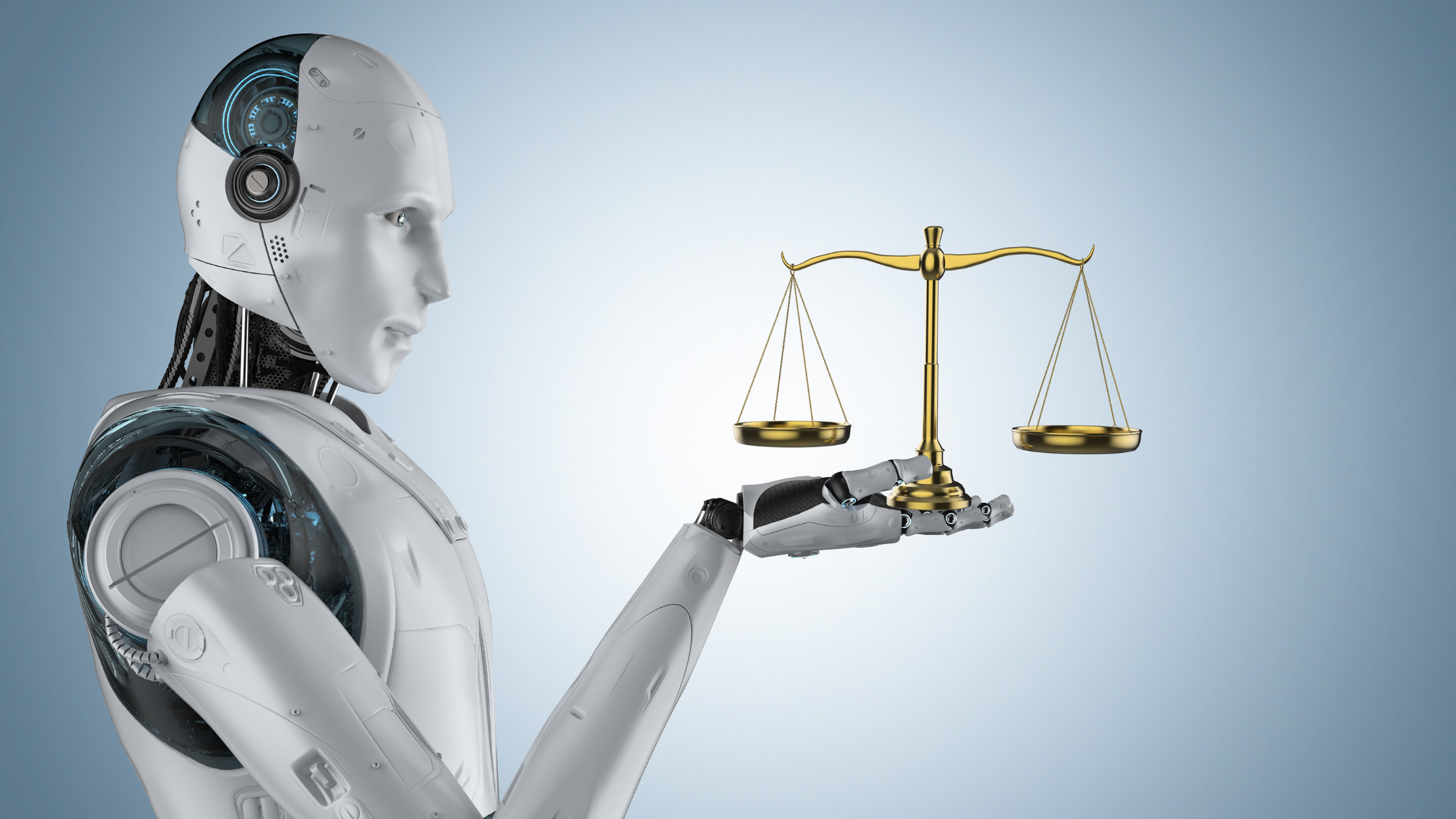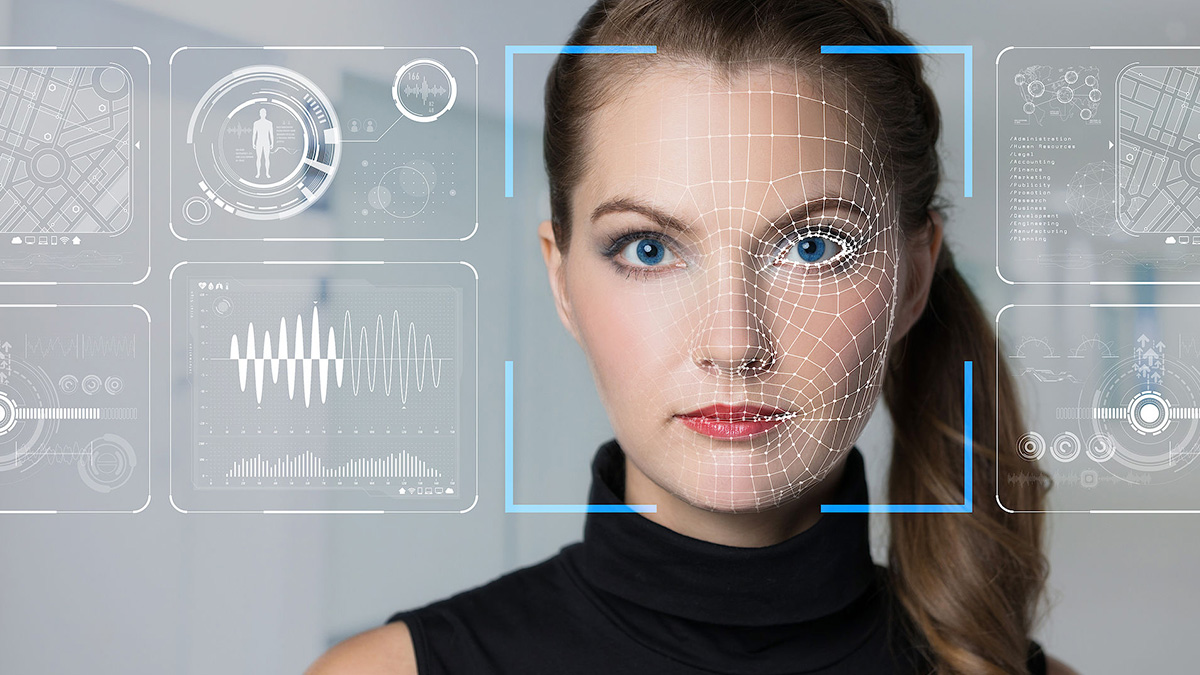
As artificial intelligence (AI) continues to evolve at a breakneck pace, the United States is grappling with the complex challenge of regulating a technology that is both promising and unpredictable. From chatbots to facial recognition systems, AI is now deeply embedded in many aspects of daily life — and lawmakers are under growing pressure to ensure it is used ethically, transparently, and safely.
The Fragmented Legal Landscape
Unlike the European Union, which has taken a sweeping, centralized approach through the AI Act, the U.S. has opted for a more fragmented model. AI regulation in America is currently shaped by a patchwork of federal agencies, state laws, and industry-specific guidelines. This decentralized system reflects the broader American approach to regulation but also presents challenges when it comes to creating coherent, enforceable standards.
Federal Initiatives
Several federal bodies are actively involved in shaping the future of AI regulation:
- The White House: In 2023, the Biden administration introduced the Blueprint for an AI Bill of Rights, a non-binding framework outlining principles such as privacy, algorithmic transparency, and protection from discriminatory outcomes.
- National Institute of Standards and Technology (NIST): NIST has developed a voluntary AI Risk Management Framework, encouraging businesses to build trustworthy AI systems by addressing issues like bias, security, and reliability.
- Federal Trade Commission (FTC): The FTC has warned companies about deceptive AI marketing claims and is scrutinizing how algorithms may violate consumer protection laws, particularly when it comes to privacy and data handling.
State-Level Action
While federal efforts are ongoing, individual states have started crafting their own rules. For instance:
- California is leading with legislation requiring transparency in automated decision-making systems, especially those used in hiring and housing.
- Illinois passed the Biometric Information Privacy Act (BIPA), which has implications for AI systems that use facial recognition or fingerprint data.
- New York City mandates that employers disclose and audit AI tools used in hiring decisions, a move that could inspire similar laws elsewhere.
Sector-Specific Oversight
Rather than a one-size-fits-all approach, the U.S. is tailoring AI regulations to specific sectors:
- Healthcare: The Food and Drug Administration (FDA) oversees AI in medical devices, requiring evidence of safety and efficacy.
- Finance: The Securities and Exchange Commission (SEC) and other financial regulators are watching AI-driven trading algorithms and robo-advisors to ensure market integrity.
- Education: AI tools used in testing and grading are drawing attention from educational boards concerned with fairness and accuracy.
Challenges Ahead
Despite growing momentum, regulating AI in the U.S. remains a work in progress. Key hurdles include:
- Lack of standard definitions: Even defining what counts as “AI” varies between agencies and legal texts.
- Rapid technological change: Legislation can quickly become outdated as new forms of AI emerge.
- Balancing innovation and oversight: Lawmakers want to avoid stifling the tech industry while still protecting the public.
The Road Forward
There is growing bipartisan agreement that comprehensive federal legislation is needed. In late 2024, a bipartisan group of senators introduced a proposal to create a national AI oversight body and establish clear rules around data use, transparency, and accountability. While the bill is still under debate, it signals a shift toward more unified governance.
The coming years will be pivotal. As AI becomes more deeply integrated into society, the legal structures surrounding it must evolve in tandem. Whether through federal statutes, state initiatives, or public-private partnerships, the U.S. is slowly but surely moving toward a more defined regulatory framework for artificial intelligence.



